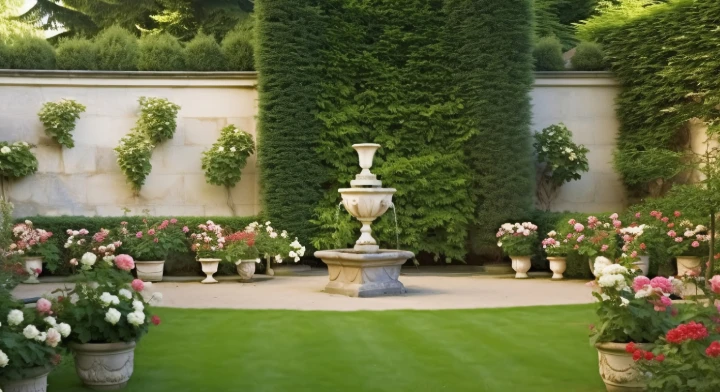
- Afrikaans
- Arabic
- Belarusian
- Bengali
- Czech
- Danish
- Dutch
- English
- Esperanto
- Estonian
- Finnish
- French
- German
- Greek
- Hindi
- Hungarian
- Icelandic
- Indonesian
- irish
- Italian
- Japanese
- kazakh
- Rwandese
- Korean
- Kyrgyz
- Lao
- Latin
- Latvian
- Malay
- Mongolian
- Myanmar
- Norwegian
- Persian
- Polish
- Portuguese
- Romanian
- Russian
- Serbian
- Spanish
- Swedish
- Tagalog
- Tajik
- Thai
- Turkish
- Turkmen
- Ukrainian
- Urdu
- Uighur
- Uzbek
- Vietnamese
artificial grass making at home
Dec . 12, 2024 09:24 Back to list
How to Make Artificial Grass at Home A DIY Guide
In an era where sustainable living and eco-friendly practices are gaining increased attention, the idea of making artificial grass at home has become an attractive DIY project for many households. Not only can it save you money, but it also allows you to create an appealing green space without the hassle of maintenance that comes with traditional grass. In this article, we’ll explore the steps to create your own artificial grass at home, the materials involved, and tips to ensure your project is successful.
Materials Needed
Before diving into the process, it's essential to gather the necessary materials
1. Synthetic Fibers Look for non-toxic, durable synthetic fibers that mimic the appearance and feel of natural grass. You can choose from options like nylon, polyethylene, or polypropylene.
2. Backing Material A strong backing material is crucial for the longevity of your artificial grass. Consider using materials such as latex, rubber, or geomembrane fabric.
3. Adhesive A strong adhesive or glue is needed to secure the synthetic fibers to the backing material.
4. Cutting Tools Scissors or a utility knife should be handy for cutting the fibers and backing to the desired size.
5. Measuring Tape Accurate measurements are important to ensure that your artificial grass fits well in your designated area.
6. Protective Gear Safety goggles and gloves are recommended during the cutting and assembling process.
Step-by-Step Guide
Step 1 Measure the Area
Start by measuring the area where you want to place your artificial grass. Take precise measurements and note any shapes or obstacles that might affect the installation. This will help you determine how much material you’ll need.
Step 2 Prepare the Backing Material
Once you have your measurements, cut the backing material to fit the dimensions of your selected area. Make sure to leave a little extra on the edges if you plan to secure it down.
Step 3 Cut Synthetic Fibers
artificial grass making at home

Next, cut the synthetic fibers into manageable lengths. The height of these fibers will depend on the look you want to achieve. A standard height of 1 to 2 inches is typically preferred for a realistic appearance.
Step 4 Apply Adhesive
Working in small sections, apply a generous layer of adhesive to the backing material. It’s essential to ensure a consistent application to prevent any weak spots in the finished product.
Step 5 Attach the Fibers
Carefully place the cut synthetic fibers onto the adhesive-covered backing. Press down firmly to ensure they stick well. Use a comb or similar tool to help distribute the fibers evenly and avoid clumping.
Step 6 Allow to Dry
After you’ve attached the fibers, it’s crucial to let the adhesive dry for the recommended amount of time, typically around 24 hours. During this time, it’s best to avoid placing any weight on the artificial grass.
Step 7 Trim the Edges
Once the adhesive is dry, you can trim any excess length around the edges. This helps create a clean, professional-looking finish. Paying attention to the edges ensures that your artificial grass looks cohesive and well-integrated into its surroundings.
Step 8 Set Up
Finally, carefully place your newly crafted artificial grass in the designated area. Use additional adhesive or landscaping pins to secure it further, especially on the edges, to prevent any lifting.
Maintenance Tips
Although artificial grass requires less maintenance than natural grass, periodic cleaning is still important. Brush off any debris, and if necessary, wash the surface with water occasionally to remove dust and maintain its appearance. Additionally, ensure that any weeds or unwanted vegetation are managed to keep the area looking pristine.
Conclusion
Creating your own artificial grass at home can be a rewarding and fun project that results in a beautiful and low-maintenance green space. By following the steps outlined in this guide and using the right materials, you can achieve a professional look without the high costs typically associated with purchasing pre-made artificial grass. Embrace your creativity, enjoy the process, and relish in the satisfaction of a job well done!
-
The Benefits of Artificial Turf for Indoors
NewsJul.15,2025
-
How Artificial Grass Suppliers Ensure Quality Products
NewsJul.15,2025
-
Artificial Grass and Pets: A Space for Relaxation
NewsJul.08,2025
-
Balcony & Outdoor Decoration with Artificial Grass
NewsJul.08,2025
-
Best Indoor Artificial Grass for Home
NewsJul.07,2025
-
Best Pet Turf for Dogs: Safe & Durable Artificial Grass Options
NewsJul.07,2025
Products categories









